Ep 202 Eating Disorders: Common, Commonly Missed, Mismanaged and Misunderstood
Emergency Medicine Cases
FEBRUARY 18, 2025
Eating disorders have the highest mortality rate of any psychiatric illness, yet they are frequently missed in the Emergency Department as they can be elusive. Eating disorders need to be thought of as both a psychiatric condition and medical condition to optimize the pick up rate and appropriate management.

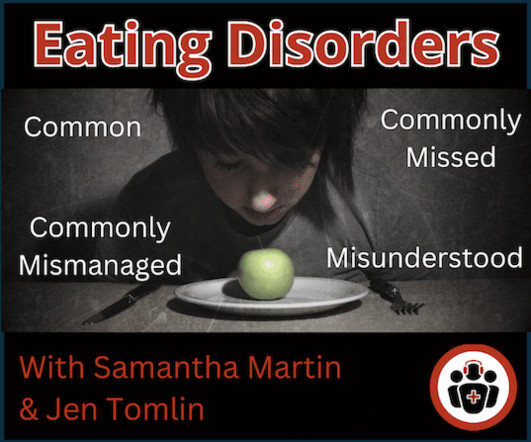
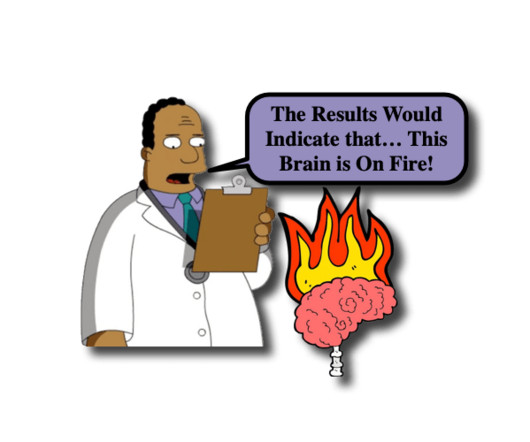

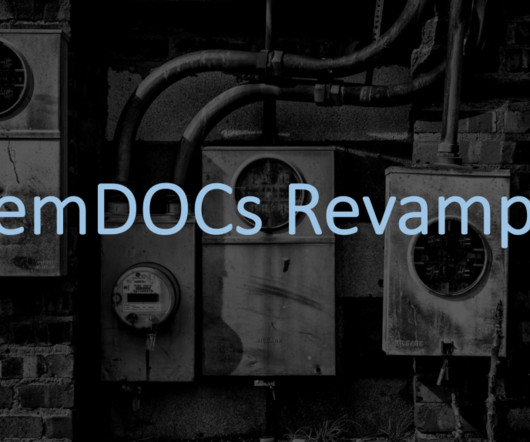








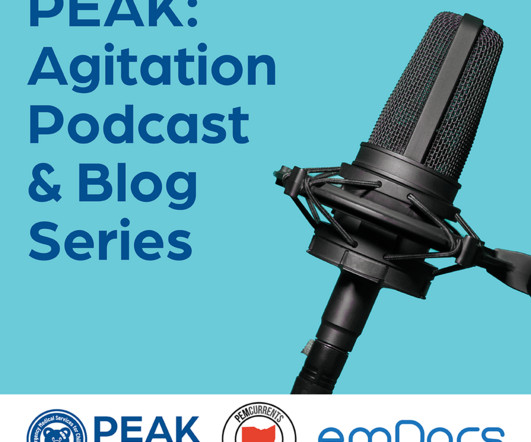










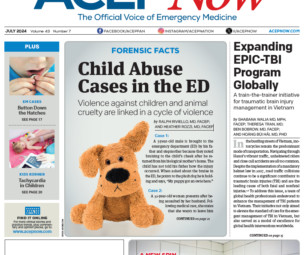


























Let's personalize your content